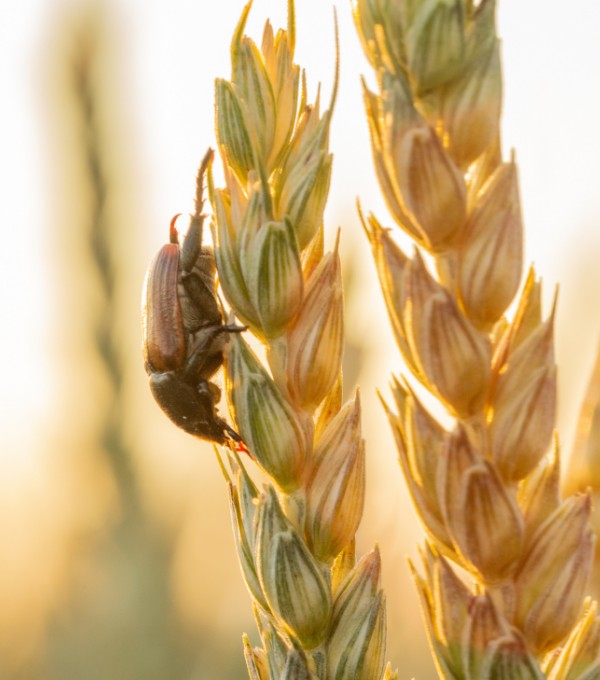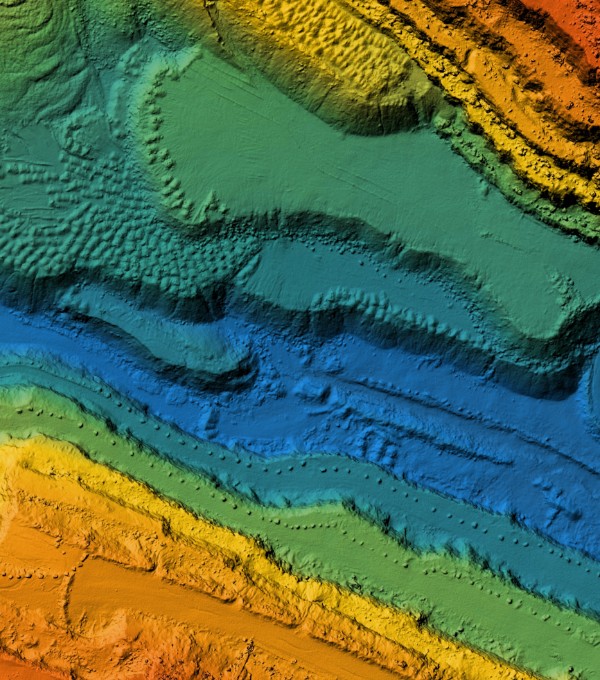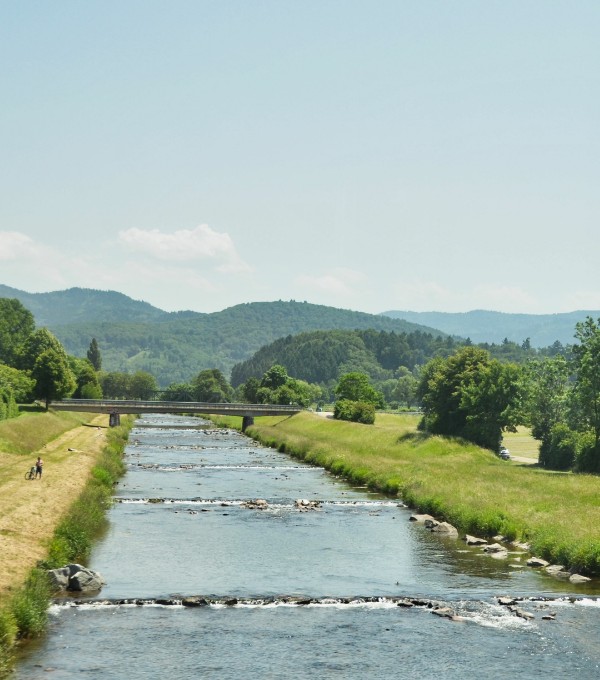AN OVERVIEW OF STREAMING SERVICES
We began with some essential agri-food data sets that are common to many applications. These form our baseline data sets, e.g., weather, soils, elevation, watersheds. Guided by UMN’s Driven to Discover ethos, we are creating a host of spatially interoperable data sets that allow any researcher to drive current and emerging data-driven solutions to agricultural challenges. Interoperability is achieved through the use of a novel discreet hierarchical grid, which is now openly available to all. For clarity, we provide the Specs for creating gridded data sets in GEMS Exchange here.
Guided by UMN’s Driven to Discover ethos, we are creating a host of fundamental data sets that allow any researcher to apply current and emerging data-driven solutions to agricultural challenges. To access this growing portfolio of APIs, review the information below, and click on the Get Access button for documentation and information on generating an API key.
During the free trial period, the GEMS Exchange APIs are strictly for personal use. You may not share your API access and the data obtained is subject to our license agreement. Please contact us if you would like to explore commercial applications.
GEMS APIs at a glance
GEMS Exchange APIs are offered at a variety of resolutions and spatial and temporal extents.
| API name | Region | Release date | GEMS grid level | Period |
|---|---|---|---|---|
| Biotic Risk Geography |
Global |
2022-11-02 |
Level 1 (~ 9km) |
|
| Climate |
Global |
2023-04-25 |
Level 0 (~ 36km) |
Start: 1901-01-01 |
| Crop Calendar |
Global |
2021-12-13 |
Level 1 (~ 9km) |
Start: 2007-01-01 |
| Elevation |
Minnesota |
2022-08-02 |
Level 6 (~ 1m) |
Start: 2008-01-01 |
| Hydro |
Minnesota |
Ongoing |
Level 3 (~ 1km) |
Start: 2015-01-01 |
| Land Cover |
CONUS |
2022-09-16 |
Level 5 (~ 10m) |
Start: 1985-01-01 |
| Market |
Global |
2022-11-03 |
Level 3 (~ 1km) |
Start: 2015-01-01 |
| Soils |
Minnesota |
2022-03-09 |
Level 5 (~ 10m) |
Start: 2014-01-01 |








